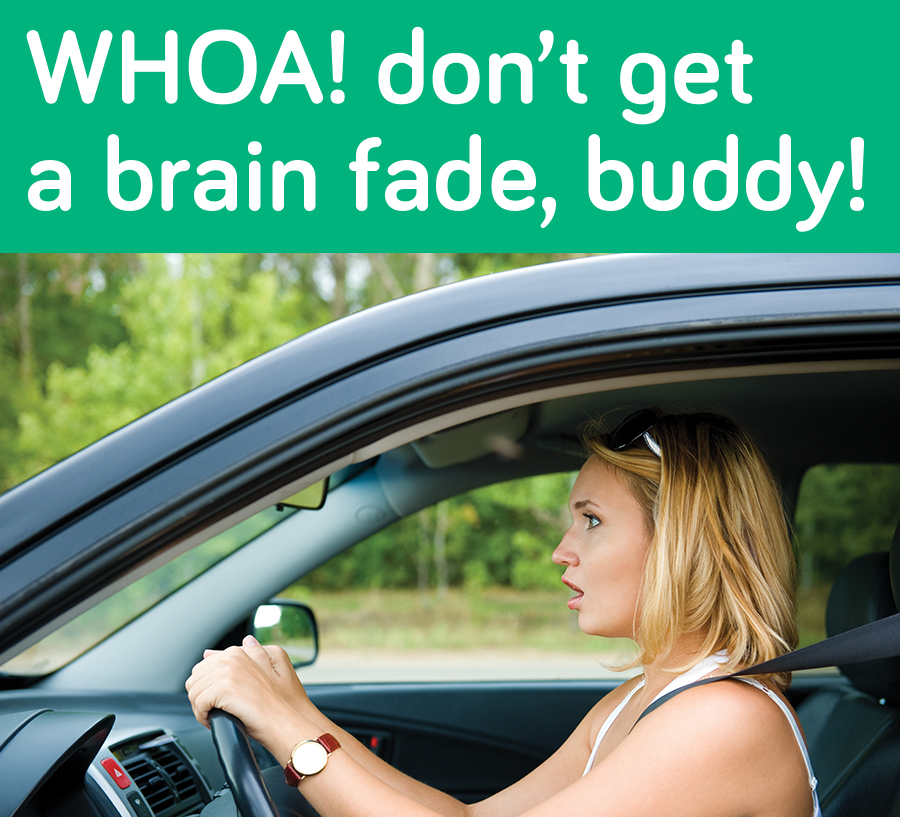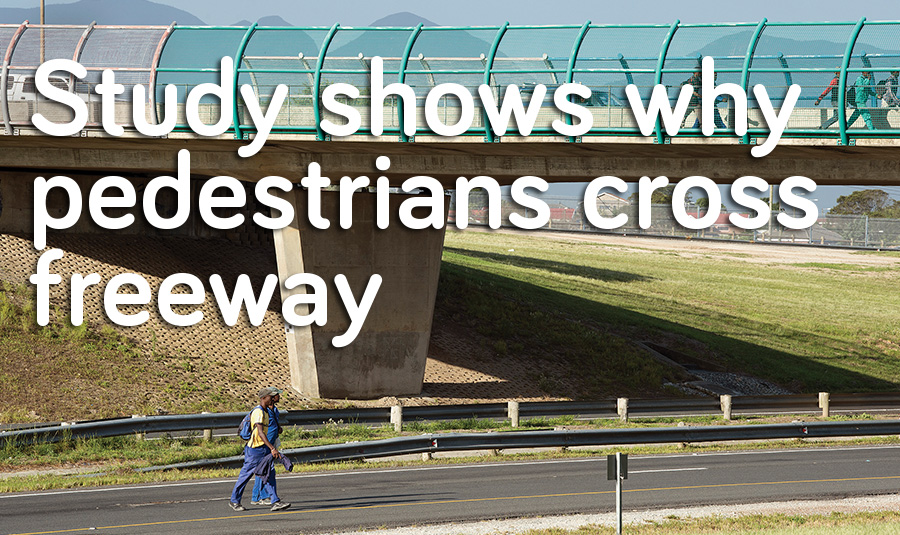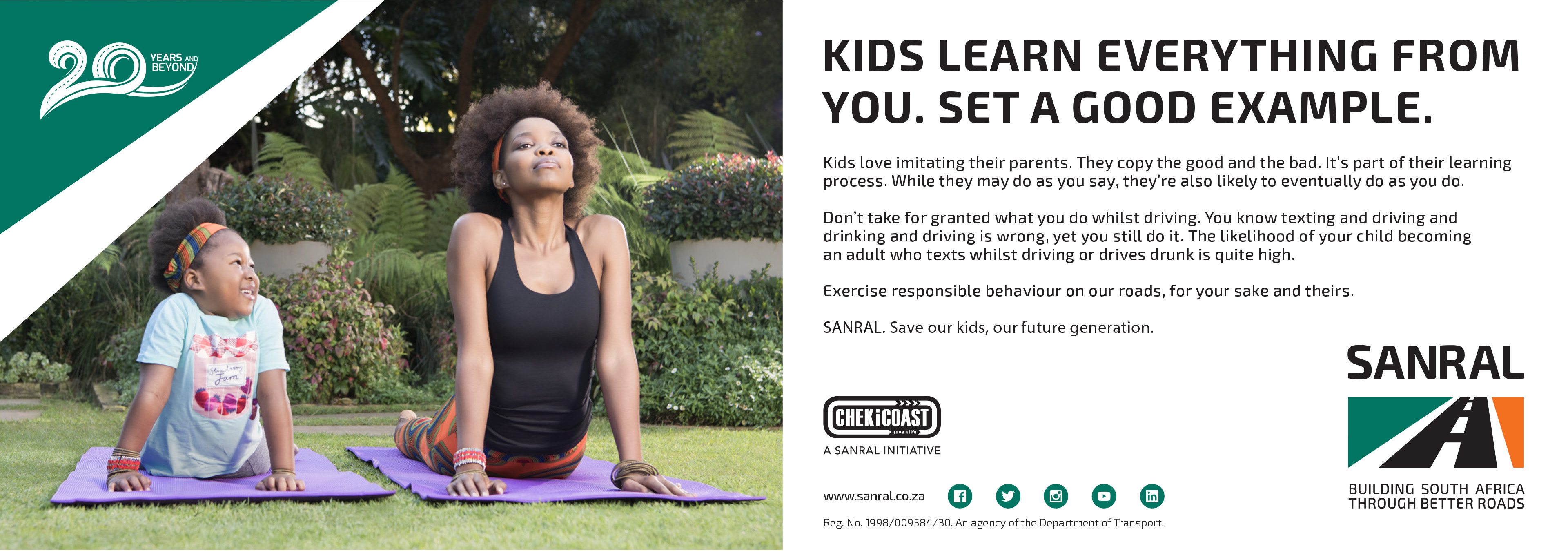Most of us have experienced that critical moment on the road… that fleeting instance when you realise you have just missed becoming involved in a horrific crash. One second too soon, and you would have careened into an oncoming vehicle. A split-second too late and you might have overturned your car going too fast around that rainy bend.
It is at times like these when you say to yourself: WHOA! I should be making better decisions on the road. WHOA! I should be more careful with my passengers. WHOA! next time I really must be more aware.
SANRAL launched a road safety campaign intended to help you avert those stomach-churning, heart-thudding moments on the road by encouraging drivers to say “WHOA!” at an earlier stage – while they still have full control over the situation.
Texting, checking social media and driving under the influence of alcohol or substances have caused far too many needless deaths on South Africa’s roads. We all need to change how seriously we take this negligent behaviour.
Road users are encountering numerous messages that make them aware about the potential dangers that lurk on the roads and that encourage responsible behaviour. SANRAL’s campaign is intended to recreate those

Whoa! moments and prompt reaction. Launched during the December 2016 festive season, the campaign aimed to reinforce the point that responsible road use by all motorists, passengers and pedestrians can reduce the number of crashes and save lives.
Whoa means “stop” or “slow down.” It is understood by everyone – young and old, experienced drivers and novices – and it transcends language barriers. Through messages like “Whoa! Don’t drink and drive,” people are
urged to use alternative transport if they know they will be over-indulging or if they find themselves over the blood-alcohol level.
“Whoa! Call a cab” advises revellers during the festive period to consider the implications of their actions, to plan ahead and to make alternative travel arrangements.
And for those who cannot bear the thought of being disconnected from social media, the messages are quite obvious: “Whoa! Put that phone down, buddy” and “Whoa! Don’t text and drive.”
WHOA! was launched with a series of TV and radio commercials across various stations, as well as print adverts, billboards, wall murals and social media interventions. Activations were held at venues such as pubs and shishanyamas, where messaging was aimed directly at the patrons.
The campaign ran concurrently with another SANRAL road safety awareness initiative called CHEKiCOAST. The idea was to extend the reach and impact of ongoing campaigns and strengthen SANRAL’s continuing efforts to combat road fatalities.
WHOA! will be carried through to other key holiday periods when road safety communication is essential.

Research conducted on the Cape Town freeway network is shining more light on the reasons why pedestriansc cross busy highways and brave fast-moving vehicles, despite the presence of pedestrian bridges.
Research conducted on the Cape Town freeway network is shining more light on the reasons why pedestriansc cross busy highways and brave fast-moving vehicles, despite the presence of pedestrian bridges.
